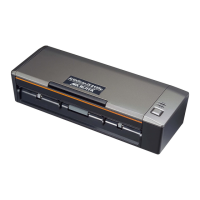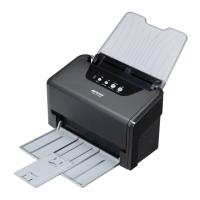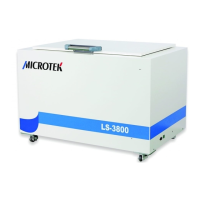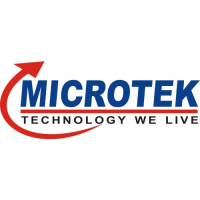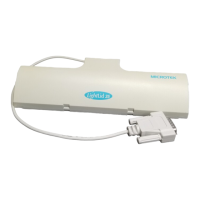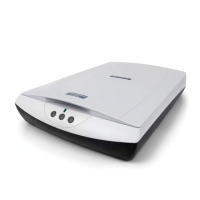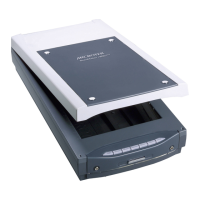Reference: The Advanced Image Correction tools 105
Color Correction tool (Native Color Mode only)
The Color Correction tool changes the hue and saturation of an image. You can
also add a color cast to an image by simply moving the pointer to a particular
place on the Wheel, or you can remove an unwanted color cast by moving the
pointer to a complementary color to balance out the tones. For instance, to
remove a greenish cast from your image, move the pointer in the Wheel to the
“red” portion to neutralize the greenish hue of the image. The Color Correction
tool is available only for RGB and indexed color images.
Saturation: lets you change the intensity of the
hues (colors) in your image. Use Saturation
selectively, because increasing saturation will
increase the intensity of all hues in the image.
Color Wheel: is use
to change the hue of
an image. To define a
new color, move the
pointer in the color
wheel to a selected
color position.
Radius: shows the amount of shift towards a particular color and works in tandem with the Angle field. The Radius
range extends from 0 located at the center of the Color Wheel and indicating the least concentration of color, to 1,
located at the periphery of the Wheel and indicating the greatest concentration of color.
Example: If your angle is 0 (red on the Color Wheel) and the radius is 1, this results in an intense reddish cast on the
entire image.
The Angle-Radius feature works differently from that of the Saturation bar, which increases the saturation of all
hues in the image without tending towards any particular color cast.
Angle: This shows the angle of the pointer on the Color
Wheel as measured in degrees (counter clockwise from
red). A value can also be entered directly in the edit box to
move the cursor to any point in the Wheel.
Example: 0 degree corresponds to red color on the Wheel,
60 degrees to yellow color, 120 degrees to the green color,
180 degrees to the cyan color, 240 degrees to the blue
color, and 300 degrees to the magenta color.
Eyedropper: It lets you
pick a known neutral gray
shade in your prescan
image and adjusts it to a
closer, truer gray (for PC,
the Eyedropper tool
appears when you point
the mouse pointer on the
prescan image). The
grays in an image may
have a particular color
cast which can be verified
through the color
information in the
Information window.
A gray that tends towards
a reddish tint, for instance,
will have its R value
skewed higher than the G
and B values. By using the
Eyedropper on a gray
area, the gray is adjusted
so that the RGB values
become approximately
equal.
Set correction mode to either
Remove or Add cast mode
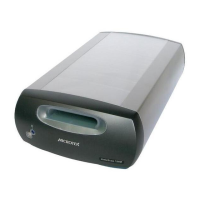
